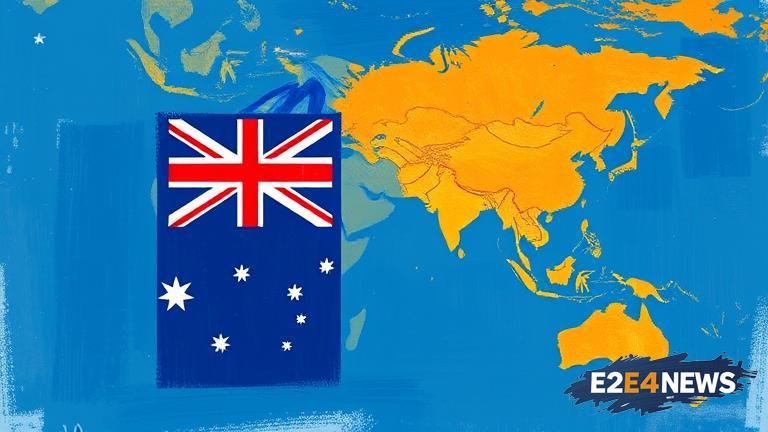In a significant move to enhance its educational sector and foster stronger ties with neighboring countries, Australia has announced the lifting of its foreign student cap to 295,000. This decision is particularly noteworthy as it prioritizes students from Southeast Asia, a region that has long been a focal point for Australian diplomatic, economic, and cultural engagement. By doing so, Australia aims to not only increase its intake of international students but also to diversify its student body, bringing in fresh perspectives and talents from a vibrant and economically dynamic part of the world. The move is expected to have a positive impact on the Australian economy, as international students are a significant contributor to the country’s revenue. Moreover, it aligns with Australia’s strategic interests in the Asia-Pacific region, reinforcing its commitment to regional cooperation and development. Southeast Asian students will have greater opportunities to access high-quality education in Australia, which is renowned for its academic excellence and innovative research. This, in turn, is anticipated to strengthen people-to-people links between Australia and Southeast Asia, fostering greater understanding and collaboration in various fields. The decision also reflects Australia’s recognition of the importance of Southeast Asia in its foreign policy, acknowledging the region’s growing economic and political influence. As Australia seeks to deepen its engagement with Southeast Asia, the education sector is seen as a critical area for cooperation, with potential benefits extending beyond the academic realm to areas such as trade, tourism, and cultural exchange. The increased student cap is part of a broader strategy to promote Australia as a destination for international students, highlighting its unique blend of academic rigor, cultural diversity, and lifestyle opportunities. Australian universities and educational institutions are expected to play a pivotal role in this endeavor, offering a wide range of programs tailored to the needs and interests of Southeast Asian students. Furthermore, the Australian government has emphasized its commitment to providing support services for international students, ensuring they have a positive and enriching experience during their stay in the country. This includes assistance with accommodation, language support, and career guidance, among other services. The expansion of the foreign student cap to 295,000 is seen as a proactive measure to address the challenges posed by global competition for international students, as countries around the world vie to attract top talent. By prioritizing Southeast Asia, Australia is leveraging its geographical proximity and historical ties with the region to its advantage. The long-term implications of this policy are far-reaching, with potential outcomes including increased economic cooperation, enhanced cultural understanding, and the development of a more interconnected and interdependent region. As the world becomes increasingly globalized, the importance of international education in fostering global citizenship and addressing common challenges cannot be overstated. Australia’s decision to lift its foreign student cap and focus on Southeast Asia is a timely and strategic move, poised to yield significant benefits for both the country and the region. It underscores the critical role that education plays in shaping the future of nations and regions, serving as a powerful tool for building bridges of understanding and cooperation. In conclusion, the expansion of Australia’s foreign student cap to 295,000, with a particular emphasis on Southeast Asia, marks a significant milestone in the country’s educational and foreign policy landscape. It reflects a forward-thinking approach, one that recognizes the immense potential of international education to drive economic growth, cultural exchange, and regional cooperation. As Australia and Southeast Asia embark on this new chapter in their educational partnership, the possibilities for mutual benefit and collaboration are vast and promising.





